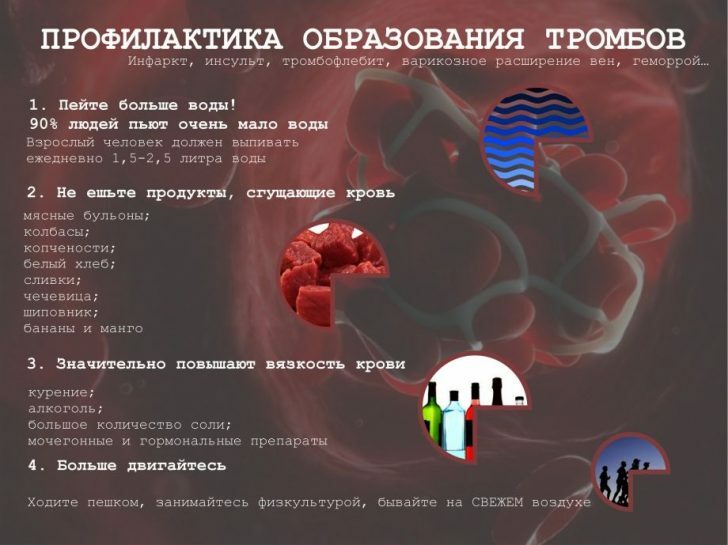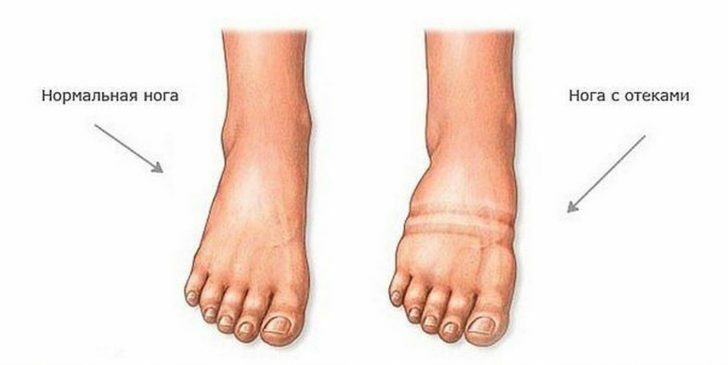Autoimmune hemolytic anemia: what is it, symptoms, treatment
Content
- What is autoimmune hemolytic anemia?
- Signs and symptoms
- Causes of autoimmune hemolytic anemia
- Affected populations
- Diagnostics
- Treatment of autoimmune hemolytic anemia
- Prophylaxis
What is autoimmune hemolytic anemia?
Autoimmune hemolytic anemia is autoimmune diseasecharacterized by the premature destruction of healthy red blood cells (blood cells) by autoantibodies.
Autoimmune diseases occur when the body's natural defense against foreign organisms (eg, lymphocytes, antibodies) destroys healthy tissue for unknown reasons. Usually red blood cells have a lifespan of about 120 days before being removed by the spleen.
The medical term for low levels of circulating red blood cells is anemia. Anemia can cause fatigue, pale skin color, yellowing of the skin and whites of the eyes (jaundice) and outflow blood in urine (hemoglobinuria), which will give the urine a dark brown color.
Signs and symptoms

Symptoms of autoimmune hemolytic anemia usually develop slowly over a period of several weeks to months, but in some cases they can develop suddenly over several days.
The specific symptoms that occur can vary from one person to another and can depend on the rate of occurrence, the rate of destruction of healthy red blood cells and the presence of the main disorders.
Some people, especially those who gradually develop anemia, may not have any overt symptoms. Affected people may eventually develop:
- abnormal pallor of the skin;
- fatigue;
- shortness of breath during exercise;
- dizziness;
- heart palpitations.
Yellowness of the skin and whites of the eyes (jaundice) and enlargement of the spleen (splenomegaly) is also common in people with autoimmune hemolytic anemia.
Splenomegaly can cause the person to experience bloating or a feeling of complete swelling in the abdomen. Sometimes, some people may have an enlarged liver (hepatomegaly).
People with severe cases, especially those with a rapid (acute) onset, may develop more serious complications, including loss of consciousness (fainting), chest pain (angina), abnormally fast heartbeat (tachycardia) and heart failure.
Read also:DIC syndrome (disseminated intravascular coagulation)
Causes of autoimmune hemolytic anemia
The cause of autoimmune hemolytic anemia is usually unknown (i.e. e. idiopathic). However, the disorder can occur as part of a larger disorder, these cases are known as secondary autoimmune hemolytic anemia.

Autoimmune hemolytic anemia is an autoimmune disorder - a disorder in which naturally occurring protection of the body against the invasion of organisms (for example, lymphocytes, antibodies) destroys healthy tissues by unknown reasons. Antibodies mistakenly attack healthy red blood cells, causing premature cell destruction, a condition called hemolysis.
Antibodies (also known as immunoglobulins) are specialized proteins that bind to invasive organisms and cause them to be destroyed. There are five main classes of antibodies - IgA, IgD, IgE, IgG, and IgM.
Most cases of this anemia are due to IgG antibodies that mistakenly attack healthy red blood cells. Less commonly, IgM or IgA antibodies cause the disorder. When antibodies attack healthy tissue, they can be called autoantibodies.
Several major disorders associated with hemolytic anemia include other autoimmune disorders such as systemic lupus erythematosus and disorders characterized by an overproduction of leukocytes (lymphoproliferative disorders) such as leukemia or lymphoma.
Secondary autoimmune hemolytic anemia can also occur as a side effect of certain medications.
Affected populations
Hemolytic anemia affects men and women in equal numbers. It is estimated that autoimmune hemolytic anemias affect 1–3 people per 100,000 of the general population. People of all ages, including children, can develop the disease, but it is more common in adults with a peak incidence between the ages of 50 and 70.
Diagnostics
The diagnosis of hemolytic anemia can be suspected on the basis of careful clinical evaluation, detailed medical history, identifying characteristic symptoms and various tests, such as blood tests that measure hemoglobin and hematocrit. Hemoglobin - a protein in red blood cells that carries oxygen. Hematocrit - the percentage of the total blood volume occupied by erythrocytes.
Read also:Angioma
Blood tests can also show an increased level of immature red blood cells (reticulocytes) that occurs when when the body is forced to produce additional red blood cells to replace those that are prematurely collapsed. Some people with hemolytic anemia have increased levels of bilirubin in the blood (hyperbilirubinemia). Bilirubin - a yellowish product formed during the metabolism of hemoglobin in the liver.
When anemia is suspected to be caused by a dysfunction of the immune system (i.e. e. autoimmune hemolytic anemia), specialized tests such as Coombs' test may be done. This test is done to detect antibodies that act against red blood cells. A blood sample is taken and then exposed to Coombs' reagent. If red blood cells stick together in the presence of a reagent, then this indicates that the patient has a disease.
Treatment of autoimmune hemolytic anemia
Treatment for autoimmune hemolytic anemia is symptomatic and supportive. Affected people are usually treated with corticosteroid medications such as prednisoneand they usually control the disease with the right treatment. Initially, a high dose of these drugs may be recommended, followed by a gradual dose reduction over the next several weeks or months.
People who do not respond to corticosteroid therapy or develop intolerable side effects may be prescribed immunosuppressants or surgical removal of the spleen (splenectomy). Immunosuppressive medicines such as cyclophosphamide, are drugs that suppress or block the immune system and help some people with hemolytic anemia who do not respond to prednisone or splenectomy.
Splenectomy usually used in people with severe cases that require constant prednisone for control. In patients with an underlying disorder, treatment for the disorder usually results in a marked improvement in anemia.
Rituximab Is a monoclonal antibody, an artificially created antibody that targets specific white blood cells, which create antibodies that destroy red blood cells prematurely. Rituximab has been shown to be beneficial in some patients with autoimmune hemolytic anemia who did not respond to prednisone. The response rate can be as high as 80% in adults and 60% in children. Rituximab can be used before splenectomy, or it can be used in people who relapse after splenectomy.
Read also:Myelofibrosis
Red blood cell transfusion may also be necessary to maintain proper red blood cell levels in people with severe cases. This supportive method provides temporary relief, but does not treat the underlying cause of the disorder.
Prophylaxis
It is not possible to prevent autoimmune hemolytic anemia, but doctors can help people who have a viral infection or who use certain medications to prevent the disease from developing.
Severe anemia can exacerbate many problems, such as heart and lung disease. People should see a doctor if they experience any symptoms that could indicate hemolytic anemia.



